That innocent bag of flour sitting in your pantry might seem like nothing more than a basic baking ingredient, but it’s actually a bustling ecosystem waiting to happen. From the moment wheat kernels are harvested to the time that flour reaches your kitchen shelf, it can become home to an astonishing variety of creatures. These tiny inhabitants don’t just survive in flour – they thrive, multiply, and create entire communities within those seemingly sterile paper bags.
The world of flour-dwelling insects is far more complex and fascinating than most people realize. These microscopic pioneers have evolved remarkable adaptations that allow them to extract nutrition from what appears to be lifeless powder. Some can detect the faintest traces of moisture, while others have developed enzymes capable of breaking down complex starches into digestible sugars. What makes their survival even more impressive is their ability to reproduce rapidly in such confined spaces, turning a single bag into a multi-generational habitat.
The Flour Beetle: Master of Grain Domination
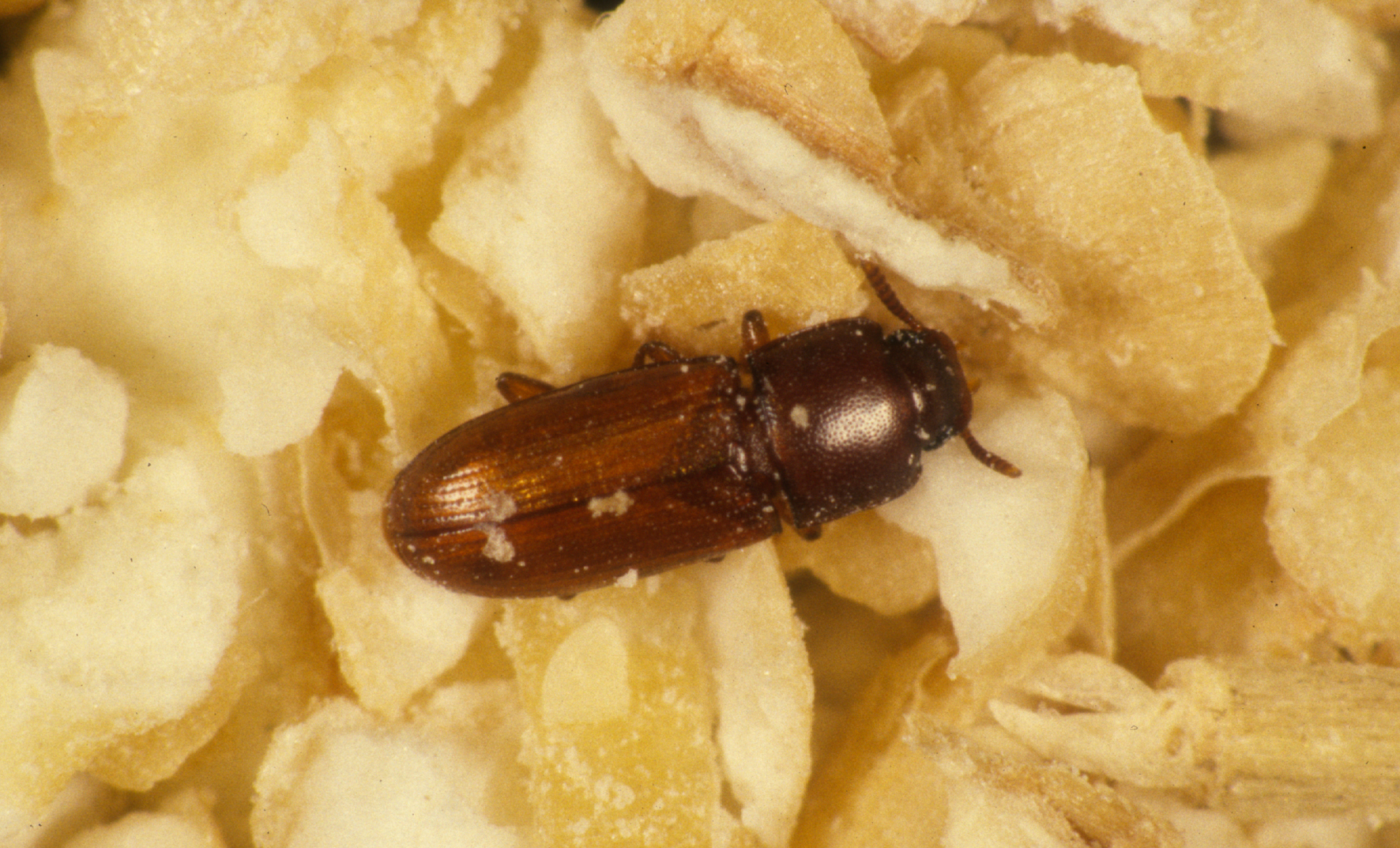
Red flour beetles and confused flour beetles reign supreme in the world of pantry invaders. These reddish-brown warriors measure just 3-4 millimeters long, but their impact on stored grain products is enormous. What makes them particularly devastating is their ability to chew through packaging materials, including plastic bags and cardboard boxes.
The female flour beetle can lay up to 450 eggs during her lifetime, depositing them directly into flour, cereal, or other grain products. These eggs hatch within 5-12 days, depending on temperature and humidity conditions. The larvae feed voraciously on flour particles, creating a gritty texture and musty odor that ruins entire batches of baking ingredients.
Their survival strategy involves producing quinones, chemical compounds that give infested flour a sharp, unpleasant taste and pinkish color. This chemical warfare not only marks their territory but also deters other insects from competing for the same food source.
Grain Weevils: The Drilling Specialists
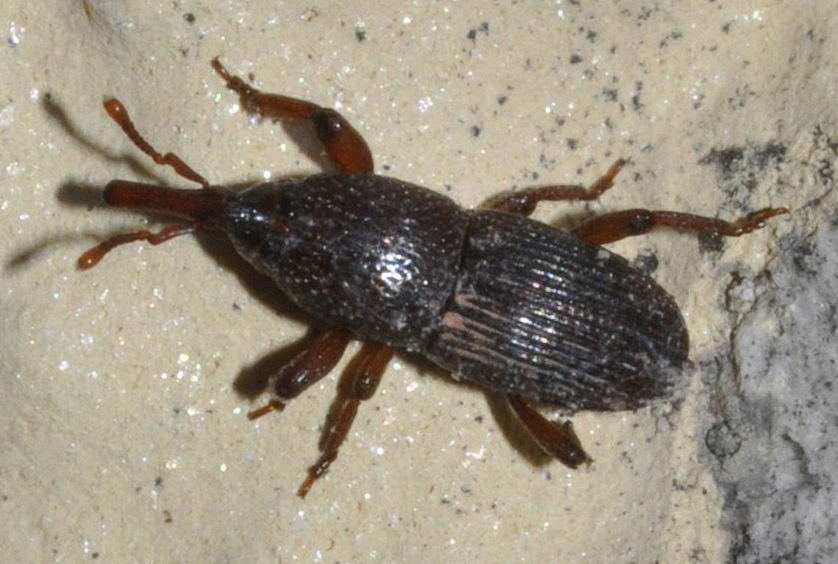
Rice weevils and granary weevils are the master engineers of the flour world, equipped with elongated snouts called rostrums that function like precision drilling equipment. These dark brown insects measure 2-3 millimeters and possess the remarkable ability to bore holes directly into individual grain kernels. Their drilling technique is so refined that they can create perfectly circular entry points smaller than a pinhead.
Female weevils use their rostrum to create cavities inside grain kernels, where they deposit single eggs. The developing larvae feed entirely within the kernel, hollowing it out completely before emerging as adults. This internal development strategy protects them from external threats and environmental changes.
What makes weevils particularly problematic is their ability to survive in extremely dry conditions. They can extract moisture from flour itself, requiring as little as 9% humidity to complete their life cycle. A single pair of weevils can produce over 6,000 offspring in just six months under optimal conditions.
Indian Meal Moths: The Silk Spinners
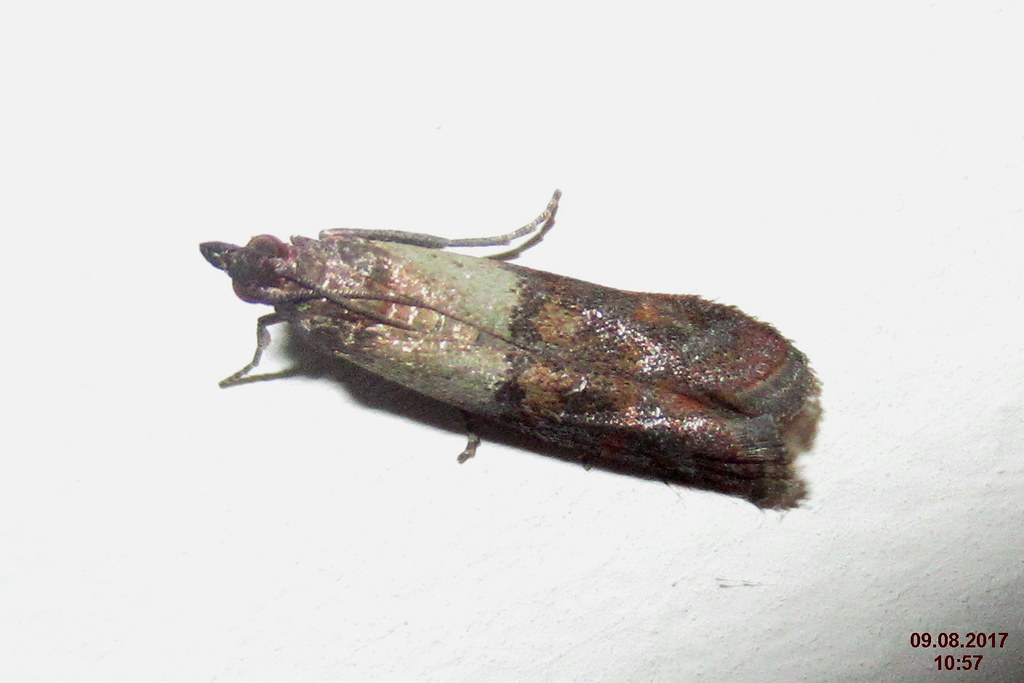
The Indian meal moth transforms flour storage areas into elaborate silk highways. Adult moths measure 16-20 millimeters with distinctive copper-colored wing tips that make them easily recognizable. However, it’s their larvae that cause the real damage, spinning silk webs throughout contaminated flour that create clumpy, webbed masses.
These caterpillar-like larvae are incredibly mobile, capable of crawling up smooth surfaces and traveling significant distances to find new food sources. They prefer the germ portion of flour, which contains higher concentrations of fats and proteins. As they feed, they leave behind silk threads, shed skins, and fecal pellets that contaminate entire batches.
The moths’ life cycle from egg to adult takes 25-35 days at room temperature. During this time, a single female can lay 200-400 eggs, typically in cracks, crevices, or directly on food surfaces. Their ability to detect suitable breeding sites is so acute that they can locate flour from considerable distances using their highly sensitive antennae.
Sawtoothed Grain Beetles: The Flat Invaders
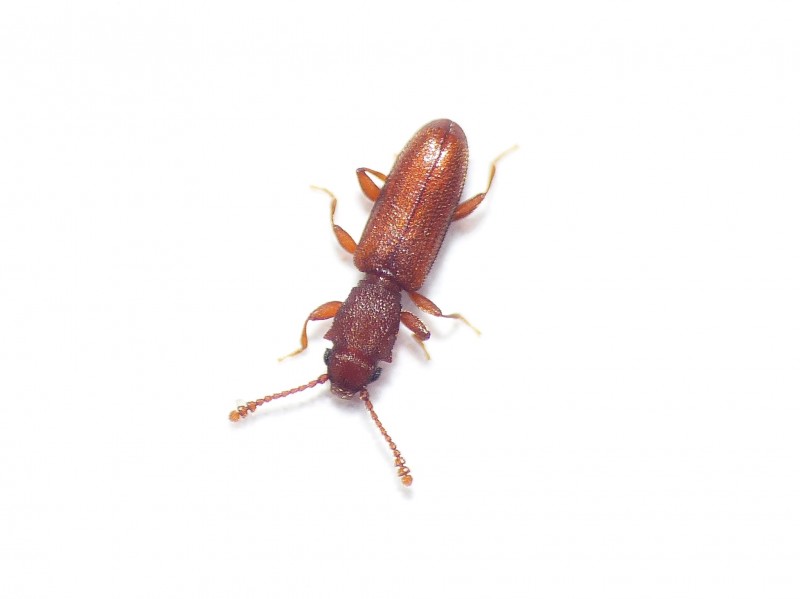
Sawtoothed grain beetles are the ultimate infiltrators, measuring just 2-3 millimeters long with distinctively flattened bodies that allow them to squeeze through impossibly tight spaces. Their name comes from the six tooth-like projections on each side of their thorax, giving them a serrated appearance under magnification. These adaptations make them perfectly suited for life in cramped pantry conditions.
Their flat profile enables them to slip through packaging seams that would stop other insects. They can penetrate paper bags, cardboard boxes, and even some plastic containers with ease. Once inside, they feed on flour particles, broken grain fragments, and other organic debris.
Female sawtoothed grain beetles are prolific reproducers, laying 45-285 eggs during their lifetime. The eggs are deposited loosely in flour or grain products, where they hatch within 3-17 days depending on temperature conditions. Their development from egg to adult takes 20-65 days, with multiple generations possible each year.
Drugstore Beetles: The Versatile Survivors
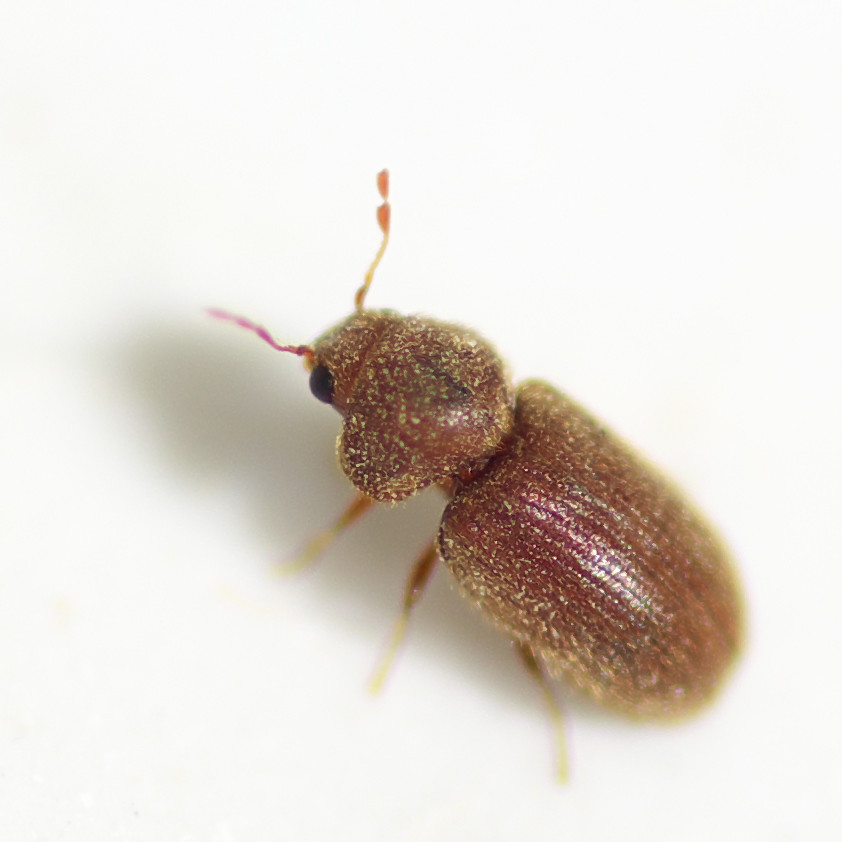
Drugstore beetles are the generalists of the flour world, capable of surviving on an incredibly diverse range of food sources. These small, brown, oval-shaped insects measure 2-3.5 millimeters and get their name from their historical association with pharmaceutical products. However, they’re equally at home in flour, where they can complete their entire life cycle.
What sets drugstore beetles apart is their remarkable digestive system, which can break down cellulose, keratin, and other complex organic compounds. This ability allows them to survive on flour that other insects might find nutritionally inadequate. They can even digest paper, cardboard, and book bindings if necessary.
The beetles’ larvae are particularly destructive, creating small, round holes as they bore through flour and packaging materials. They pupate inside silken cocoons mixed with food particles, emerging as adults after 12-18 days. Their versatility and resilience make them among the most persistent pantry pests.
Cigarette Beetles: The Moisture Seekers
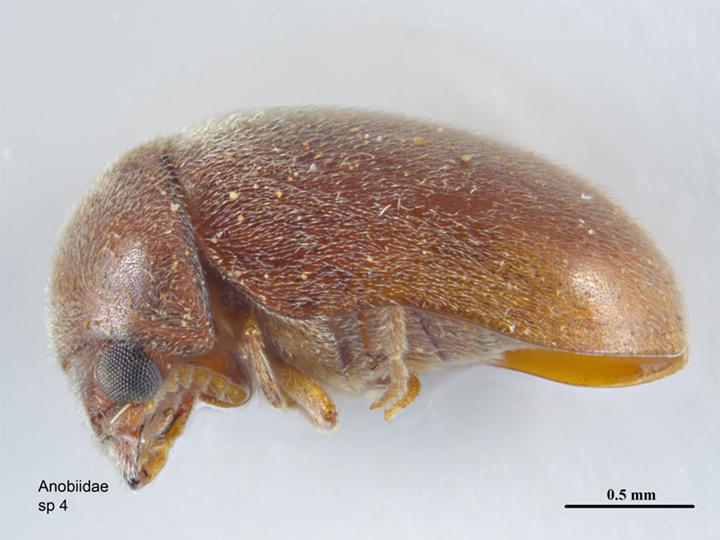
Cigarette beetles are closely related to drugstore beetles but have developed specialized adaptations for higher moisture environments. These reddish-brown insects measure 2-4 millimeters and possess a distinctively humped back that gives them a characteristic silhouette. In flour environments, they seek out areas with slightly higher humidity levels.
Their larvae are voracious feeders that create extensive tunnel systems through flour and grain products. Unlike many other flour-dwelling insects, cigarette beetles require temperatures above 65°F to reproduce successfully. This temperature sensitivity makes them more common in heated indoor environments.
The beetles’ life cycle is temperature-dependent, ranging from 26 days at optimal conditions to several months in cooler environments. Females lay 10-100 eggs in small batches, often in cracks or crevices within flour storage areas. Their preference for slightly moist conditions means they’re often found in flour that has absorbed humidity from the surrounding environment.
Merchant Grain Beetles: The Social Organizers
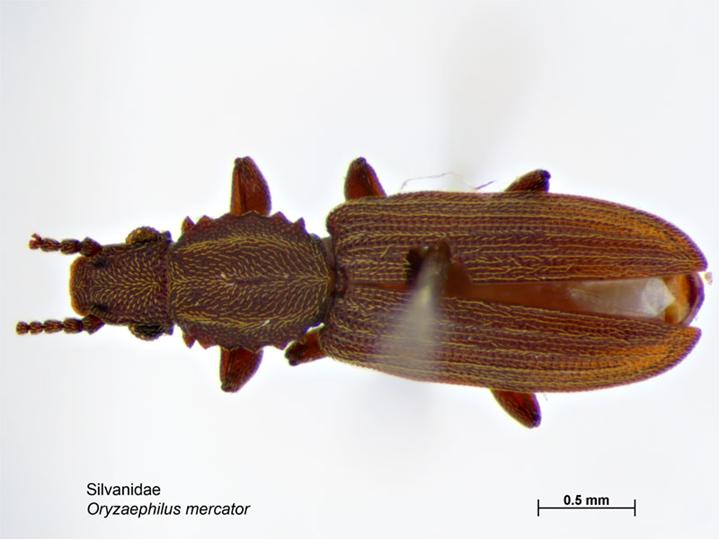
Merchant grain beetles are the social coordinators of flour ecosystems, often found in large aggregations that suggest sophisticated communication systems. These flat, brown insects measure 2-3 millimeters and have distinctive grooves running lengthwise down their wing covers. Their social behavior sets them apart from most other flour-dwelling species.
Research suggests that merchant grain beetles use chemical signals to coordinate feeding activities and locate optimal breeding sites. They often concentrate in areas where flour has been disturbed or where moisture levels are slightly elevated. This clustering behavior can lead to rapid population explosions in favorable conditions.
The beetles’ flat bodies allow them to exploit micro-habitats within flour storage areas that other insects cannot access. They feed primarily on flour particles and grain dust, preferring areas where mechanical processing has created fine debris. Their ability to survive in extremely dry conditions makes them particularly problematic in commercial flour storage facilities.
Foreign Grain Beetles: The Humidity Specialists
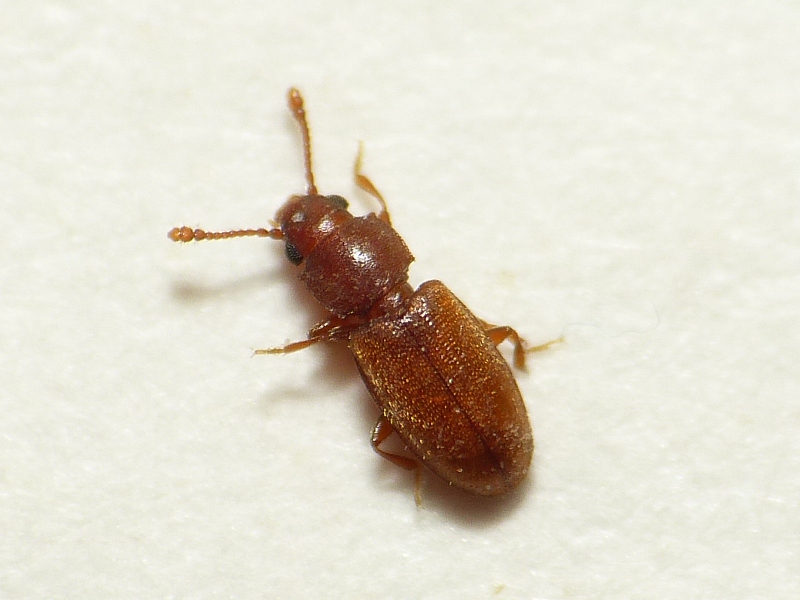
Foreign grain beetles are the moisture detection experts of the flour world, capable of locating areas with humidity levels as low as 17-18%. These tiny yellow-brown insects measure just 1.5-2.5 millimeters and have become increasingly common in modern flour storage systems. Their sensitivity to moisture makes them excellent indicators of storage conditions.
Unlike many other flour beetles, foreign grain beetles cannot survive in completely dry environments. They require specific humidity levels to complete their reproductive cycle, making them vulnerable to desiccation. However, they can detect and migrate to optimal microenvironments within flour storage areas.
The beetles’ life cycle from egg to adult takes 17-35 days under favorable conditions. Females lay 50-200 eggs in small batches, typically in areas where flour has absorbed moisture from the surrounding environment. Their preference for specific humidity levels means their presence often indicates potential spoilage conditions.
Rusty Grain Beetles: The Scavenger Specialists

Rusty grain beetles are the cleanup crew of flour ecosystems, specializing in feeding on broken grain fragments and flour dust that other insects ignore. These reddish-brown insects measure 2-3 millimeters and have distinctively flattened bodies that allow them to navigate through densely packed flour particles. Their scavenging behavior makes them particularly common in commercial flour processing facilities.
Their feeding strategy focuses on damaged grain components and flour particles that have been mechanically processed. This specialization allows them to coexist with other flour-dwelling insects by exploiting different food niches. They’re particularly attracted to flour that contains higher concentrations of grain fragments and bran particles.
The beetles’ reproductive cycle is closely tied to food availability and environmental conditions. Females lay 150-200 eggs during their lifetime, typically in areas where flour debris has accumulated. Their larvae develop through three instars before pupating, with the entire cycle taking 25-40 days under optimal conditions.
Flour Mites: The Microscopic Multitudes
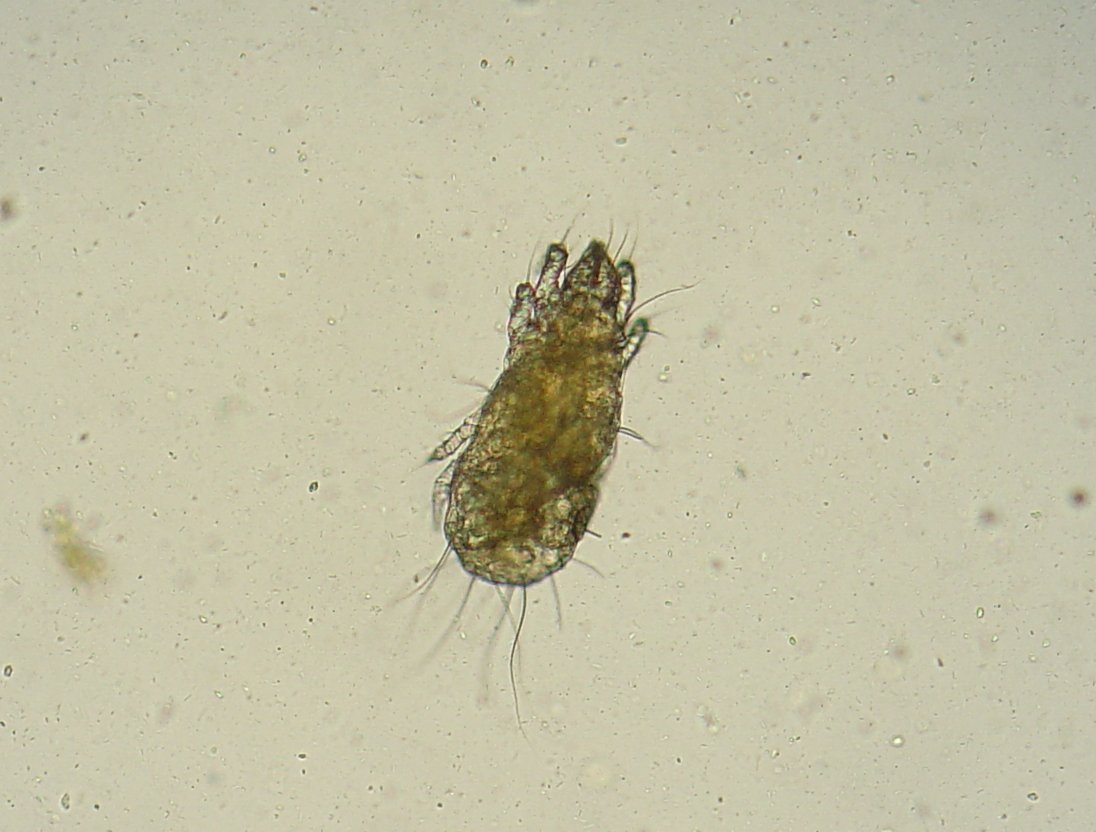
Flour mites represent the microscopic frontier of flour-dwelling creatures, measuring just 0.3-0.5 millimeters and visible only under magnification. These tiny arachnids create vast populations that can number in the millions within a single bag of flour. Their presence is often detected by a sweet, minty odor that develops in heavily infested flour.
What makes flour mites particularly remarkable is their reproductive capacity. Under favorable conditions, they can complete their life cycle in just 9-11 days, with females laying 20-30 eggs during their brief lifespan. This rapid reproduction allows populations to explode exponentially, creating dense colonies that can alter the texture and smell of flour.
The mites feed on flour particles, fungi, and bacteria present in stored grain products. Their feeding activity can create fine dust and contribute to the deterioration of flour quality. They’re particularly problematic in humid environments, where they can trigger allergic reactions in sensitive individuals.
Psocids: The Mold Hunters
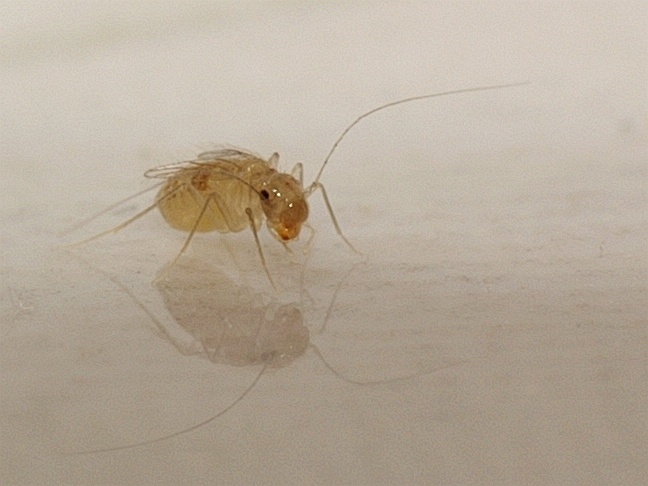
Psocids, also known as booklice, are the mold specialists of flour environments, feeding primarily on microscopic fungi that develop in stored grain products. These pale, soft-bodied insects measure 1-2 millimeters and have distinctive large heads relative to their body size. Their presence often indicates moisture problems that promote fungal growth.
Their role in flour ecosystems is primarily beneficial, as they help control mold populations that could otherwise spoil stored grain products. However, large populations can indicate humidity problems that may lead to more serious storage issues. They’re particularly common in flour that has been stored in damp conditions or exposed to temperature fluctuations.
Psocids reproduce rapidly under favorable conditions, with females laying 20-50 eggs during their lifetime. Their development from egg to adult takes 15-30 days, depending on temperature and humidity. Their sensitivity to environmental conditions makes them excellent indicators of storage quality and potential spoilage risks.
Conclusion
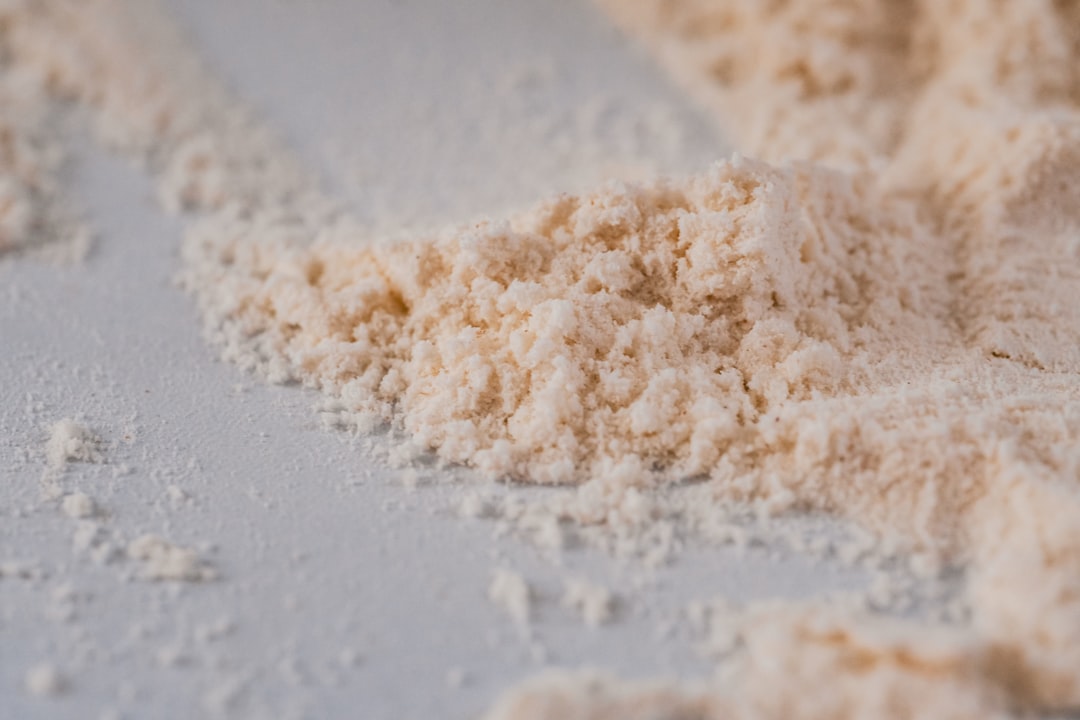
The hidden world within a simple bag of flour reveals nature’s incredible adaptability and resilience. These eleven insect species have evolved remarkable strategies to survive and thrive in what appears to be a sterile environment, each filling specific ecological niches within the flour ecosystem. From the drilling precision of grain weevils to the social coordination of merchant grain beetles, these tiny creatures demonstrate sophisticated survival mechanisms that have developed over millions of years.
Understanding these flour-dwelling insects provides valuable insights into food storage, pest management, and the complex relationships that exist in seemingly simple environments. Their presence reminds us that life finds a way to flourish even in the most unlikely places, turning our pantries into miniature ecosystems teeming with activity.
The next time you reach for that bag of flour, remember the potential community of creatures that might call it home. What other hidden worlds might be thriving right under our noses?

